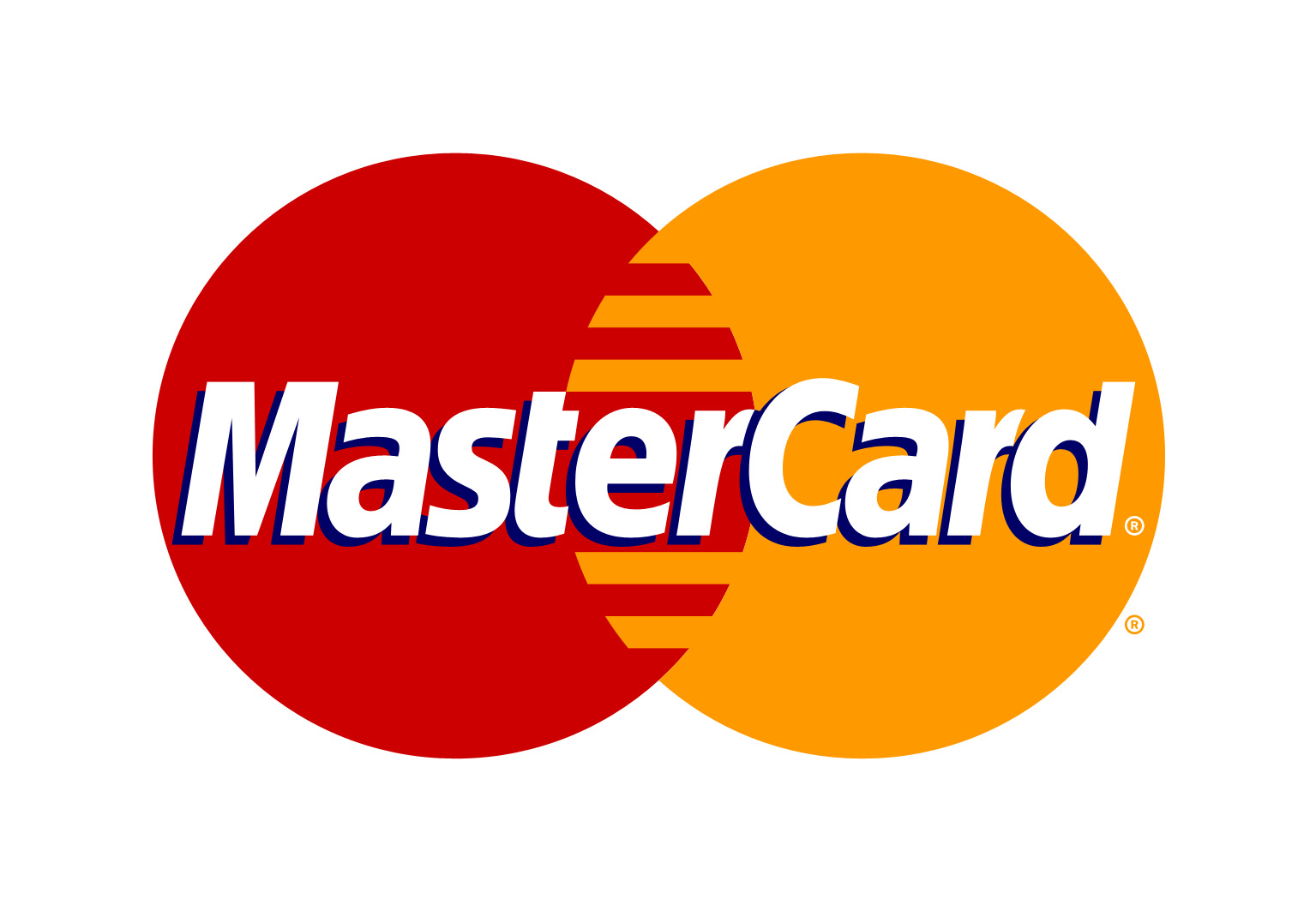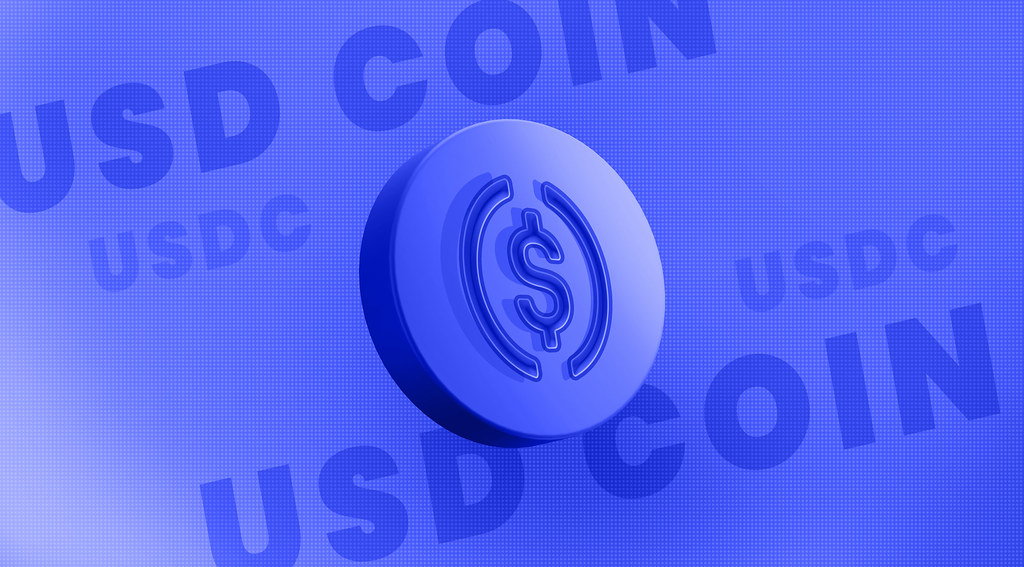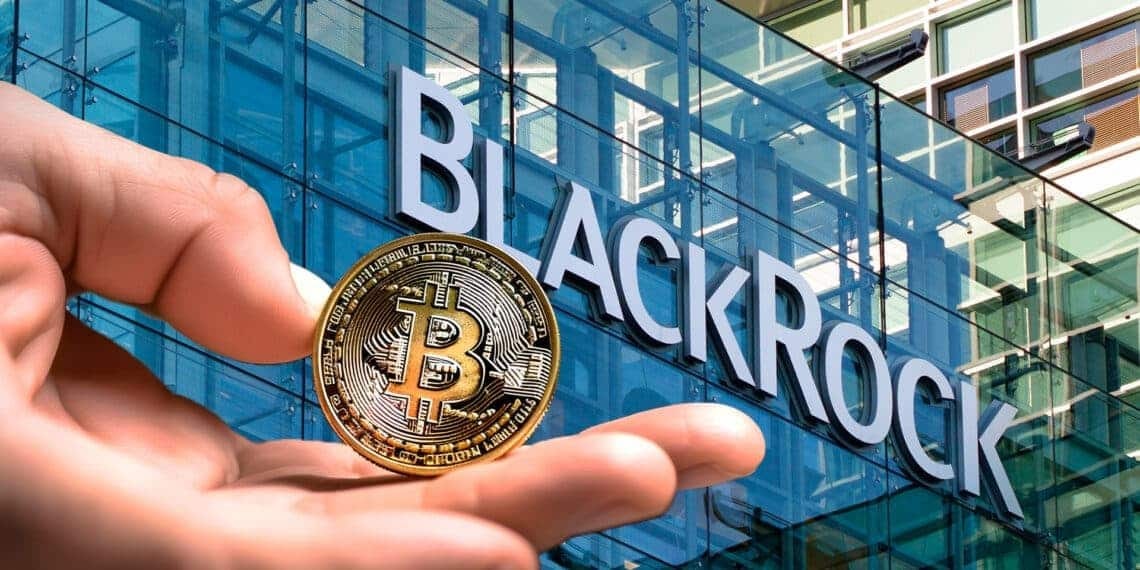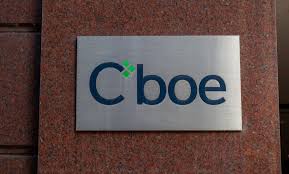Visa Direct has launched a pilot using stablecoins USDC and EURC to modernize cross-border payments, treating them as cash equivalents for instant payouts.
Visa Brings Stablecoins Into the Heart of Global Payments
The world of payments just got a major shake-up. At SIBOS 2025, Visa Direct announced a stablecoin pilot that could completely reshape how banks and institutions move money globally. By integrating Circle’s USDC and EURC stablecoins as cash equivalents, Visa aims to make international transfers near-instant, cutting through the inefficiencies of traditional systems that still rely heavily on pre-funded fiat accounts.
For decades, cross-border payments have been weighed down by delays, high costs, and unnecessary friction. With this move, Visa is signaling that stablecoins aren’t just a niche tool for crypto traders—they’re now stepping onto the world stage as a core instrument for treasury management.
Why Visa’s Stablecoin Pilot Matters
The Visa Direct stablecoin initiative isn’t just another pilot—it’s an early sign of how mainstream finance is finally adopting blockchain-based money. The system allows banks, remittance providers, and payment firms to use stablecoins instead of tying up large pools of cash across multiple corridors.
By treating USDC and EURC as cash equivalents, Visa is giving participants a way to unlock working capital, reduce currency volatility risks, and ensure smooth liquidity even during weekends or holidays when traditional banking systems sleep.
The implications are huge:
Liquidity efficiency: Funds don’t need to sit idle in correspondent banks.
Capital optimization: More flexibility in treasury operations.
Round-the-clock access: Payments can settle 24/7, not just during banking hours.
With over $225 million in stablecoin settlements already processed, Visa is laying the groundwork for a future where billions, or even trillions, could move seamlessly across borders without waiting for legacy rails to catch up.
Stablecoins as Cash Equivalents: A Big Shift in Perception
Perhaps the boldest part of Visa’s announcement is its stance on stablecoins: the company is treating them as cash equivalents within its pilot. For years, skeptics argued that digital assets lacked the reliability of traditional money. But with dollar- and euro-pegged stablecoins like USDC and EURC, volatility concerns are minimized while liquidity and settlement speed improve dramatically.
This recognition changes the game. It signals to financial institutions that stablecoins aren’t experimental—they’re functional, reliable instruments that can stand shoulder to shoulder with fiat when it comes to operational finance.
The Race for Blockchain-Powered Cross-Border Payments
Visa isn’t alone in this race. Just a day before Visa’s announcement, Swift revealed its own blockchain settlement project, collaborating with Consensys and over 30 major banks. Their goal is to create a real-time global payment network that works around the clock.
The timing highlights an important truth: the industry knows the current system isn’t enough. Cross-border settlement is being reimagined, and whether through Visa’s stablecoin-powered rails or Swift’s blockchain backbone, the pressure is on to deliver faster, cheaper, and more reliable money movement.
Meanwhile, startups are racing ahead too. In recent weeks:
RedotPay, a stablecoin payments platform, hit unicorn status after securing $47 million in fresh capital.
Bastion, an infrastructure firm backed by Coinbase Ventures, Sony, and Samsung Next, raised $14.6 million to scale stablecoin integrations for enterprises.
Clearly, stablecoins are at the center of global finance’s next evolution.
What Comes Next for Visa Direct Stablecoins
Visa’s pilot is currently limited to select institutional partners who meet its criteria. But the company has made clear that the plan is to expand in 2026 for broader adoption. If successful, this could lead to a world where banks rely less on parked fiat liquidity and more on programmable stablecoins to streamline operations.
Still, challenges remain. Regulatory frameworks for stablecoins are still evolving across regions, and integration with existing compliance systems will take time. Yet, the momentum is undeniable. The fact that Visa—a titan of global payments—is actively piloting stablecoin solutions marks a pivotal moment for the entire crypto ecosystem.
Final Take: Stablecoins Enter the Big Leagues
Visa Direct’s stablecoin pilot is more than just an experiment—it’s a clear signal that stablecoins are being recognized as cash equivalents in mainstream finance. For crypto advocates, it’s validation that blockchain-powered money isn’t just futuristic hype—it’s solving real-world inefficiencies right now.
Whether Visa’s approach or Swift’s blockchain initiative wins out, one thing is clear: the era of slow, fragmented cross-border transfers is ending. Stablecoins are no longer on the sidelines—they’re in the big leagues, powering the future of global money movement.
Disclaimer: Parts of this article were generated with the assistance from AI tools and reviewed by our editorial team to ensure accuracy and adherence to our standards.








